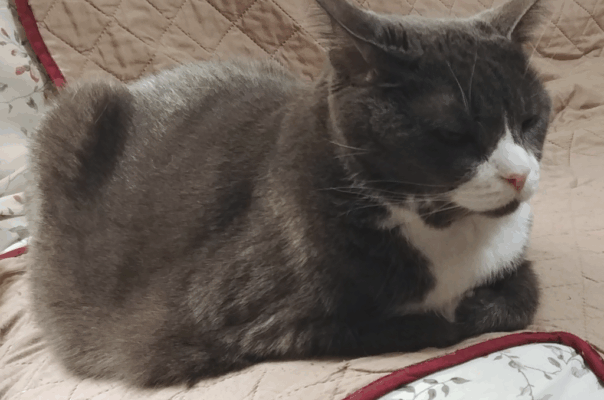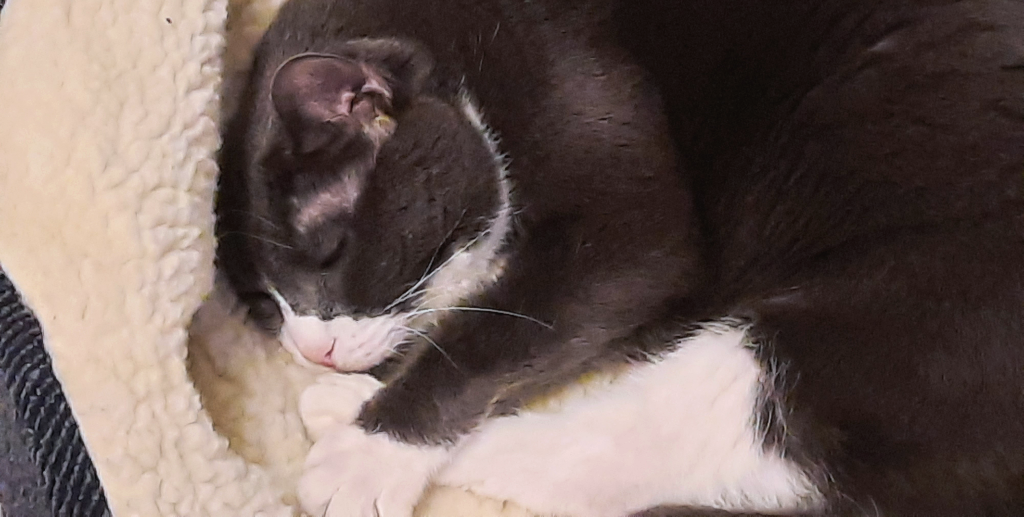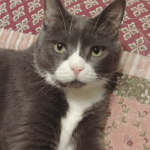 Kidney disease stands as one of the most common and challenging health issues facing senior cats. While many cat owners diligently provide optimal nutrition throughout their cat’s life, kidney function naturally declines with age, often leading to chronic kidney disease (CKD) in a cat’s golden years.
Kidney disease stands as one of the most common and challenging health issues facing senior cats. While many cat owners diligently provide optimal nutrition throughout their cat’s life, kidney function naturally declines with age, often leading to chronic kidney disease (CKD) in a cat’s golden years.
The story of Belle, who was relatively healthy in her younger years but developed progressive kidney disease as she aged, illustrates a common journey many senior cats face. Understanding that kidney disease often represents a natural part of feline aging—something we can manage but not cure—helps owners provide compassionate, realistic care for their aging companions.
The Inevitable Aging of Feline Kidneys
A critical fact that many cat owners don’t realize is that kidney function naturally declines as cats age. Belle’s story—being relatively healthy in her younger years before developing kidney problems as a senior—represents a typical progression. Here’s why kidney issues are almost unavoidable in senior cats:
The Biology of Aging Kidneys
Cats’ kidneys begin with many thousands of functional units called nephrons. As cats age, these nephrons naturally die off and cannot be replaced. By age 15, many cats have lost enough nephrons that their kidneys struggle to function optimally, even without any specific disease process.
This natural decline is why:
- Approximately 30-40% of cats over age 10 have some degree of kidney disease
- By age 15, this percentage increases to over 50%
- Cats over 20 almost universally have compromised kidney function
The Hydration Challenge in Senior Cats
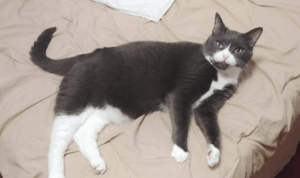 As cats age, several factors compound kidney challenges:
As cats age, several factors compound kidney challenges:
- Decreased thirst response: Senior cats often have a diminished sense of thirst even as their kidneys need more hydration support
- Reduced mobility: Older cats may visit water bowls less frequently due to arthritis or discomfort
- Altered metabolism: Changes in body composition affect how efficiently fluids are used
- Concurrent health issues: Conditions like hyperthyroidism or diabetes further stress aging kidneys
When these age-related changes combine with suboptimal hydration from dry food diets, kidney decline accelerates. Even cats like Belle on wet food diets will experience kidney function decline, though potentially at a slower rate.
Why Earlier Diet Choices Matter
While kidney disease may be inevitable for many aging cats, earlier nutritional choices significantly impact:
- How early kidney decline begins
- How rapidly function deteriorates
- How effectively the condition can be managed
Cats who receive optimal moisture throughout life often maintain kidney function longer into their senior years, though they won’t be immune to age-related changes.
Recognizing Dehydration in Cats
Detecting dehydration early can help prevent kidney damage. Here are reliable at-home methods for checking your cat’s hydration status:
-
Gum and Nose Assessment
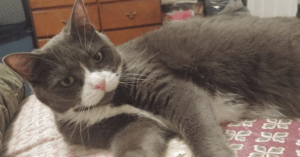 One of the quickest ways to check hydration is by examining your cat’s gums:
One of the quickest ways to check hydration is by examining your cat’s gums:
-
- Well-hydrated cats have pink, moist gums that feel slippery when touched
- Dehydrated cats have tacky or sticky gums that appear dull or pale
- Severely dehydrated cats may have dry, pale gums with delayed capillary refill (when pressed, the gum takes longer than 1-2 seconds to return to its normal color)
For cats like Belle with pink noses, the nose can also serve as an indicator—a well-hydrated cat will have a vibrant, rosy pink nose, while a dehydrated cat’s nose may appear paler or duller.
-
Skin Elasticity Test
The “skin tent test” involves gently pinching the skin at the scruff of your cat’s neck:
-
- In well-hydrated cats, the skin springs back immediately when released
- In dehydrated cats, the skin returns slowly or remains “tented”
This test becomes less reliable in senior or very thin cats because their skin naturally loses elasticity with age or lack of fat reserves.
-
Paw Pad Examination
Some cats’ paw pads can indicate hydration status:
-
- Well-hydrated cats tend to have soft, pliable paw pads
- Dehydrated cats may have drier, firmer pads
As noted, this method works better for cats with lighter-colored pads where changes are more visible. Cats with naturally dark pads make this assessment challenging.
-
Behavioral Indicators
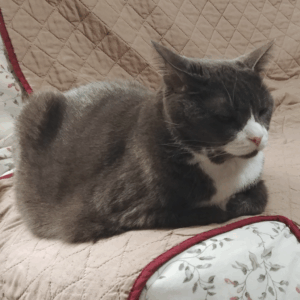 Watch for behavioral changes that suggest dehydration:
Watch for behavioral changes that suggest dehydration:
-
- Decreased urination
- Small, dark, strong-smelling urine
- Lethargy
- Increased sleeping
- Reduced grooming
- Loss of appetite
The Digestive Connection: Constipation and Dehydration
Belle’s experience with constipation during periods of dehydration highlights an important connection between kidney function and digestive health. When a cat becomes dehydrated:
- The body prioritizes conserving water for vital organs
- Less water enters the digestive tract
- Fecal matter becomes drier and harder
- Transit time through the colon slows
- Water continues to be absorbed from this stool
- Result: constipation occurs
This creates a troubling cycle—dehydration leads to constipation, which further reduces water intake if the cat feels uncomfortable, potentially worsening the dehydration.
Cats on dry food diets are particularly susceptible to this cycle since they’re often operating with a baseline moisture deficit. Their bodies continuously pull water from all available sources, including the colon, to maintain basic hydration.
Supplemental Support for Kidney Health
-
Hydration Enhancers
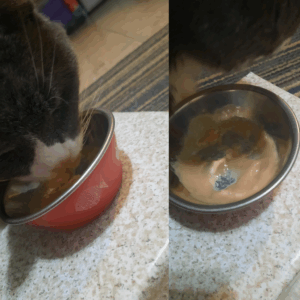 Products like Hydracare (which helped Belle) represent an important advancement in feline hydration support. These liquid supplements:
Products like Hydracare (which helped Belle) represent an important advancement in feline hydration support. These liquid supplements:
-
- Contain palatability enhancers that encourage cats to consume more liquid
- Include electrolytes to improve hydration efficiency
- Often provide low levels of nutrients that support kidney function
- May contain antioxidants to protect kidney tissue
Other options include:
-
- Broths (unsalted and onion/garlic-free)
- Water fountains that encourage drinking
- Ice cubes made from tuna water or low-sodium chicken broth
- Wet food with added water
-
Subcutaneous Fluid Administration
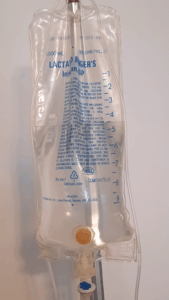 For cats with moderate to advanced kidney disease, subcutaneous fluid therapy becomes an essential part of management. This involves:
For cats with moderate to advanced kidney disease, subcutaneous fluid therapy becomes an essential part of management. This involves:
-
- Administering sterile fluids under the skin, typically between the shoulder blades
- Creating a fluid “pouch” that the body slowly absorbs
- Taking pressure off the kidneys by providing hydration support
Many cat owners like yourself become comfortable administering “sub-Q” fluids at home, which:
-
- Reduces veterinary visits
- Decreases stress for the cat
- Allows for more frequent, smaller fluid administrations
- Provides consistent hydration support
The frequency of fluid administration varies based on the stage of kidney disease, from a few times weekly to daily in advanced cases.
Dietary Management for Kidney Disease
-
Beyond Wet vs. Dry
While moisture content remains crucial, other dietary factors impact kidney health:
-
- Phosphorus content: High phosphorus levels increase strain on failing kidneys. Kidney-supportive diets are phosphorus-restricted.
- Protein quality and quantity: Kidney diets often have modified protein levels (the appropriate amount remains controversial among veterinarians)
- Omega-3 fatty acids: These have anti-inflammatory effects that may slow kidney damage
- B-vitamins: These are often supplemented as they’re lost in increased urination
- Antioxidants: These help protect remaining kidney tissue from oxidative damage
-
Free Feeding vs. Scheduled Feeding with Kidney Disease
For cats with kidney disease, the debate takes on new dimensions:
With free feeding dry food:
-
- Pros: Constant access may encourage more frequent small meals
- Cons: Overall moisture intake remains low; difficult to monitor daily food intake (important for kidney cats)
With scheduled wet feeding:
-
- Pros: Significantly higher moisture content; precise monitoring of intake; medication can be mixed with food if needed
- Cons: May not consume enough in two meals if appetite is poor
A hybrid approach sometimes works best for kidney cats:
-
- Scheduled wet food meals as the primary nutrition source
- Small amounts of kidney-appropriate dry food for overnight or when alone
- Multiple small meals when possible
Delaying Kidney Decline: What Can Be Done Earlier in Life
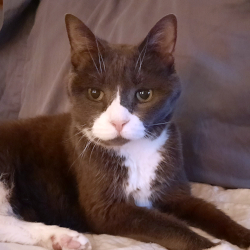 While kidney disease becomes almost inevitable in very senior cats, proactive care throughout life can:
While kidney disease becomes almost inevitable in very senior cats, proactive care throughout life can:
- Delay the onset of kidney dysfunction
- Slow the progression once it begins
- Create more kidney “reserve” to draw upon in senior years
Early Life Strategies
For younger cats, these approaches may help preserve kidney function longer:
- Prioritize moisture-rich nutrition from kittenhood
- Ensure constant access to fresh, clean water
- Place multiple water sources throughout your home
- Consider water fountains for reluctant drinkers
- Address urinary tract infections promptly
- Schedule annual veterinary check-ups, including urinalysis
- Monitor water intake and litter box habits
The Critical Middle Years
 For cats in the 7-10 year range, these additional steps become important:
For cats in the 7-10 year range, these additional steps become important:
- Begin twice-yearly veterinary check-ups with bloodwork
- Monitor weight and address obesity, which accelerates kidney decline
- Discuss early kidney-supportive supplements with your veterinarian
- Consider transitioning to a moderate protein, lower phosphorus diet
- Be vigilant about dental health, as oral bacteria can damage kidneys
Understanding the Transition to Senior Care
When your cat reaches senior status (11-12+ years), accept that kidney monitoring and management will likely become a central focus of their healthcare. Most cats, even with optimal care, will eventually need the kind of support Belle required—hydration supplements, subcutaneous fluids, and specialized nutrition.
Managing Kidney Disease: Setting Realistic Expectations
Belle’s journey illustrates an important truth about feline kidney disease: it can be managed, but not cured. As cats enter their senior years, kidney disease management becomes about maintaining quality of life rather than reversing the condition.
Understanding the Progressive Nature
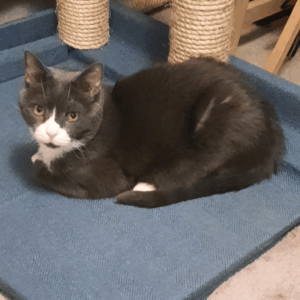 Kidney disease in senior cats typically follows a one-way trajectory:
Kidney disease in senior cats typically follows a one-way trajectory:
- Function gradually declines over months or years
- Periods of stability may alternate with sudden downturns
- Management becomes more intensive over time
- Eventually, the kidneys can no longer sustain life
This reality doesn’t mean we’re helpless—quite the opposite. Proper management can significantly extend both quality and quantity of life, often adding years of comfortable living for affected cats.
The Emotional Journey for Cat Owners
Accepting the progressive nature of kidney disease helps cat owners:
- Set realistic expectations about treatment outcomes
- Recognize and celebrate successful management milestones
- Make informed decisions about increasing support as needed
- Identify when quality of life concerns should guide end-of-life decisions
A Commitment to Compassionate Care
Belle’s story reminds us that kidney disease management represents a commitment—to daily fluids, medication schedules, frequent veterinary monitoring, and adapting to your cat’s changing needs. This commitment provides the greatest gift we can give our aging feline companions: comfortable, dignified final years with the humans they love.
By understanding both the limitations of treatment and the tremendous impact of proper management, cat owners can navigate this common senior cat journey with knowledge, preparation, and heart.


